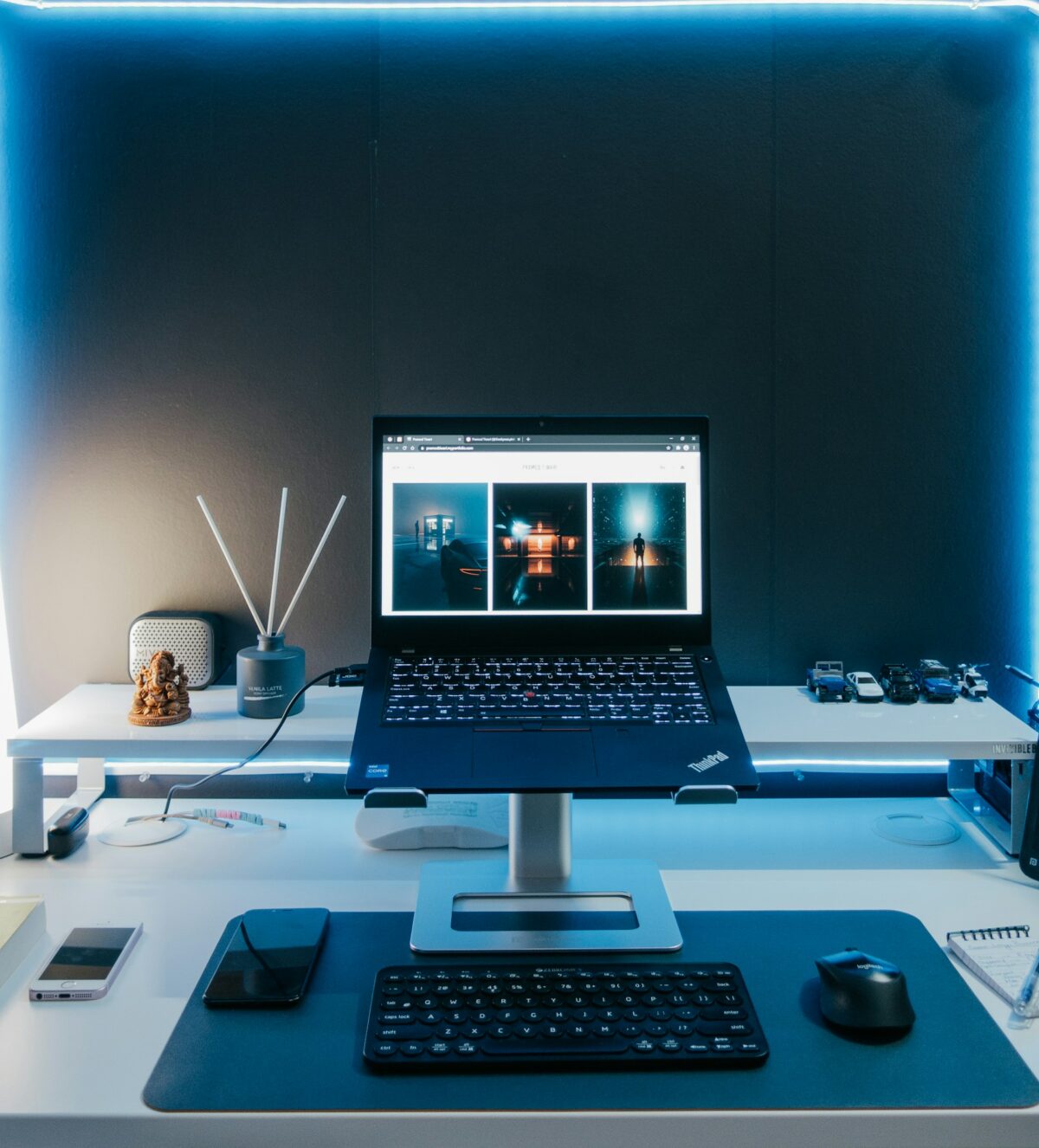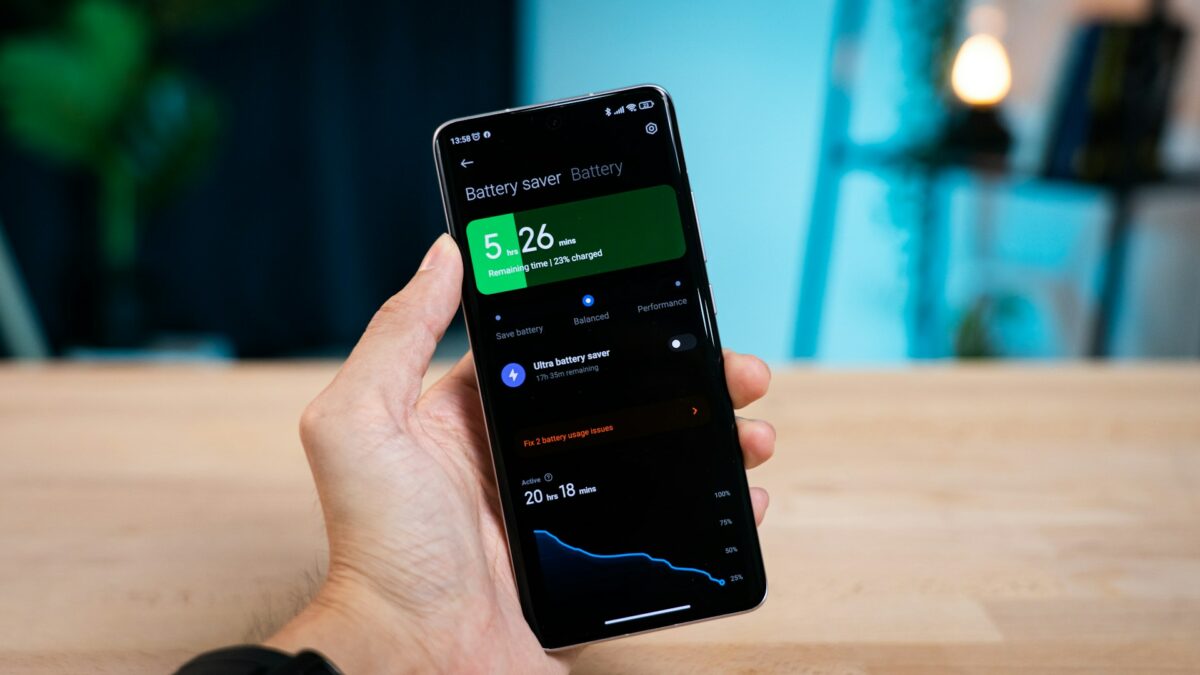In Photoshop, you may use smart objects to accelerate your workflow.
Among the capabilities available in Photoshop, Smart Objects are one of the most powerful, but they are also one of the most often overlooked. You are able to operate in a non-destructive manner, apply filters in a flexible manner, and reuse pieces between projects without sacrificing quality when you employ them. Smart Objects have the potential to significantly decrease the number of repetitive jobs that need to be completed by designers, photographers, and digital artists, and they can also make the process of editing much more efficient. In this article, you will learn about Smart Objects, including what they are, how to use them, and how they may help you operate more efficiently in practical, real-world situations.
1. What Exactly Are Smart Objects?
At its core, a Smart Object is a container that is capable of storing image data. This data might be in the form of a raster picture, a vector graphic, or even another PSD file. When you make changes to a Smart Object in Photoshop, the program will keep the original material that is included inside it. This implies that you have the ability to scale, transform, distort, and apply filters to your content as many times as you choose without experiencing any degradation in quality.
2. Ways That Smart Objects Can Improve Workflow
There are a variety of ways in which the use of Smart Objects might save time:
Non-destructive editing: You can always go back to the original state without having to start over from scratch.
Scalable graphics allow you to resize items as many times as you need without pixelation.
Reusable components: use a single object across a variety of documents; alter that one object once, and you will see the changes in every instance of its use.
Filters that can be edited: Use Smart Filters to apply filters, which will remain customizable.
Improved teamwork: Package related Smart Objects to maintain consistency in design aspects across all teams.
3. Making a Smart Object
There are a number of different methods for making one of these:
Choose the layer that you wish to use.
Select “Convert to Smart Object” from the options that appear when you right-click.
Alternatively, go to Layer > Smart Objects > Convert to Smart Object.
A little Smart Object symbol will now be visible in the corner of the layer thumbnail since your layer has been enclosed.
4. Smart Objects: Editing
When you double-click on a Smart Object layer, it will open in a new window. After you have saved your work, any changes that you make there will be instantly updated in your primary document. Logos, templates, and design elements that are used repeatedly are very potent when it comes to this.
5. Employing Smart Filters
Filters such as Sharpen, Gaussian Blur, or Noise are considered to be Smart Filters when they are applied to a Smart Object. These filters are different from typical filters in that they may continue to be edited even after they have been applied.
They may be found as sub-layers that are located beneath the Smart Object.
You may make changes to the settings by double-clicking.
For selective application, you have the option of toggling their visibility or masking them.
This flexibility keeps you from having to undo or reapply filters every time you wish to make changes.
6. Expediting the Transformation Process
In most cases, repeatedly resizing a raster picture results in a reduction in the image’s quality. When Using Smart Objects:
It is possible to increase or decrease the size of the image as many times as necessary.
The transformations of perspective, rotations, and distortions are still modifiable at this time.
It is possible to mix numerous transformations without experiencing a cumulative loss.
This is particularly handy for mockups, since they often need items to be scaled many times.
7. Collaborating With Smart Objects That Are Connected
You may use Photoshop to establish connections between Smart Objects and files that are located on external drives:
The Smart Object in any papers that use it will be automatically updated whenever the external file is updated.
Ideal for use in logos, icons, or user interface components, all of which are examples of brand assets.
Assists in maintaining uniformity across many projects or templates.
These are made by using the Place Linked command, which may be found under the File menu.
8. Embedding Smart Objects
On the other hand, you may embed Smart Objects such that they are saved inside your PSD file. This ensures that the file is self-contained, meaning that it does not have any missing links, but it is also bigger in size as a result. Objects that are embedded are an excellent choice when you want mobility or when you wish to collaborate on a project without being concerned that assets will be lost.
9. Transforming Smart Objects from Illustrator Vectors
Smart Objects may be used for more than just raster pictures; vector files created in Illustrator can also be imported as Smart Objects. This indicates that you are able to:
Use a Smart Object to insert an AI or EPS file.
Maintain complete scalability while avoiding rasterization.
After you double-click to open and modify the file in Illustrator, it will be updated in Photoshop immediately.
10. Making Mockups More Efficiently Using Smart Objects
When it comes to creating prototypes of products, Smart Objects are indispensable:
Include a design, picture, or label just one time.
After you have double-clicked the Smart Object, you may change the artwork and save it.
The new design is immediately updated across various mockups.
This is a significant time-saver when it comes to the production of marketing materials in huge quantities.
11. Smart Objects When Editing Photos
Smart Objects also provide advantages for those who work as photographers:
From Camera Raw, import the RAW data as Smart Objects.
At any point, you may reopen and modify the settings without any reduction in quality.
Smart Filters are used to provide sharpening, noise reduction, or color alterations to an image.
The greatest amount of freedom in professional retouching is guaranteed by this technique.
12. Smart Objects That Are Nested for Projects That Are Complicated
Smart Objects may be placed inside of other Smart Objects, which allows you to create nested structures. This is really effective when:
Construction of intricate composites
Developing templates that can be used again and that include a number of areas that may be edited
The management of large-scale projects that need information from all across the world on a regular basis
13. Considerations Regarding Performance and File Size
Although Smart Objects are very beneficial, they have the potential to cause file sizes to grow, particularly when there are many of them embedded in a file. For the purpose of maintaining a balance between efficiency
To reduce the size of your files, you should make use of connected Smart Objects.
When it comes to portability, embedding should only be done when absolutely essential.
When dealing with dozens of big Smart Objects, it is important to keep a close watch on performance.
14. Smart Object Workflow: Best Practices
Before you begin making any adjustments, you should always transform assets that are essential into Smart Objects.
Particularly when it comes to assets that might be used again, it is important to organize layers by giving them titles that are easy to understand.
When you are in the process of building mockup templates, you should group smart objects together.
For the purpose of maintaining brand consistency across a number of different projects, linked objects should be used.
To prevent broken links from occurring in the future, be sure to save backup copies of any external linked files.
Smart Objects are not only useful as a safety net for non-destructive editing, but they are also a legitimate way to increase productivity. You can assure consistency between projects, retain flexibility in your modifications, and reduce repeated tasks by using them in a smart manner. Smart Objects are the key to achieving a more professional and efficient workflow in Photoshop, regardless of whether you are creating templates, retouching photographs, or working on large-scale branding initiatives.


